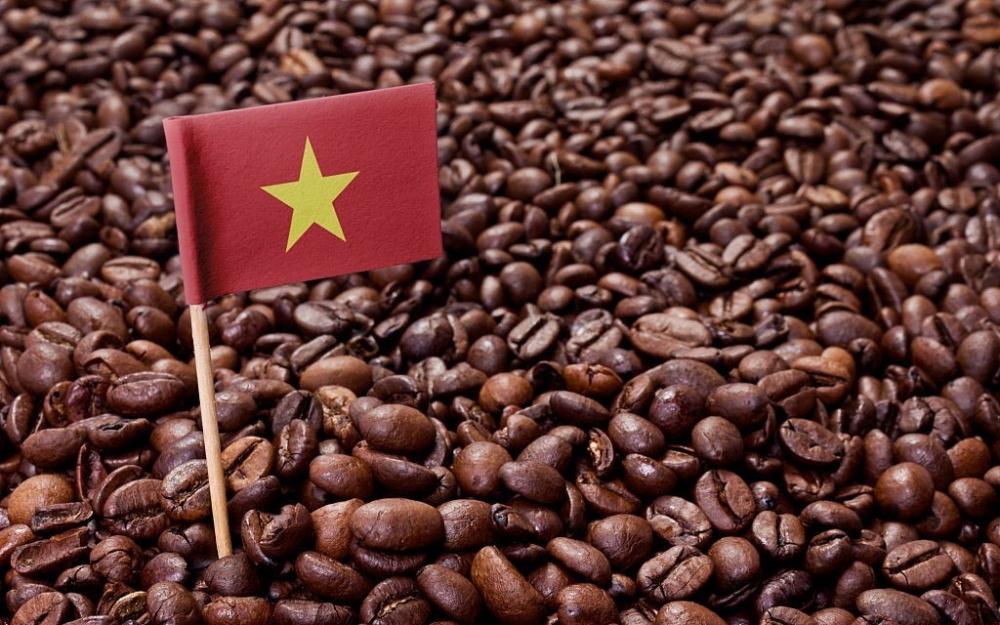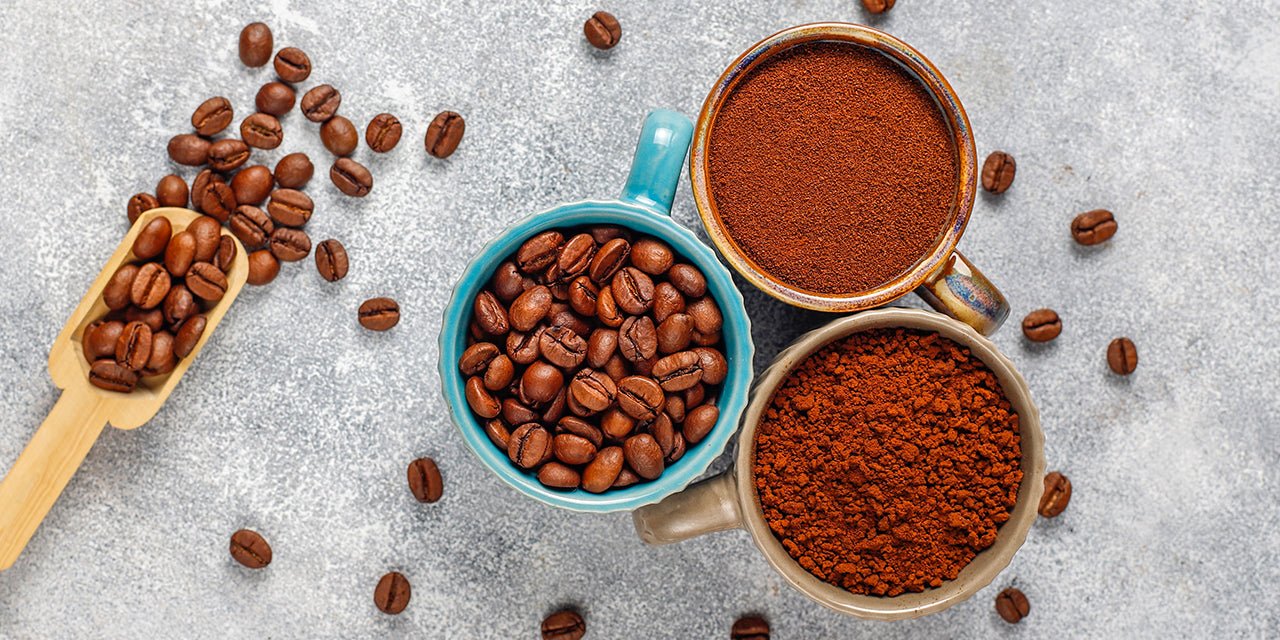Import Vietnam coffee has become one of the most profitable opportunities for beverage brands, distributors, and café chains worldwide. Vietnam is the world’s second-largest coffee producer, known for its bold Robusta beans and growing roasted coffee export industry.
If you’re planning to import coffee for your brand, this guide explains everything — from how to import Vietnam coffee to why VIA is your trusted exporter.
Why Import Vietnam Coffee?
Vietnam’s coffee industry offers more than just quantity — it’s built on quality, efficiency, and flexibility. The country produces over 1.7 million tons of coffee per year, supplying both Robusta and Arabica varieties to 80+ markets.

When you import Vietnam coffee, you benefit from:
-
Stable supply throughout the year thanks to large-scale farming in Dak Lak, Gia Lai, and Lam Dong.
-
Competitive pricing due to optimized logistics and production.
-
Customizable processing such as roasted or ground coffee for ready-to-sell use.
-
Export-ready standards complying with EU, US, and Japan regulations.
Vietnam coffee is also increasingly known for sustainable farming and modern production technology — making it a smart, long-term choice for importers.
Vietnam Coffee Market Overview
The Vietnam coffee market has evolved from exporting only green beans to offering roasted, ground, and specialty coffee. Here’s what defines the current export trend:
-
Robusta Dominance: About 95% of coffee grown in Vietnam is Robusta, known for its high caffeine content and strong flavor.
-
Growing Arabica Production: Highland areas like Lam Dong are expanding premium Arabica exports.
-
Processed Coffee Growth: Roasted and ground coffee exports are rising sharply, offering more options for importers.
-
Focus on Sustainability: Certifications such as UTZ, Rainforest Alliance, and VietGAP are now standard for top exporters.
These developments make it easier and safer to import Vietnam coffee that fits both quality standards and consumer preferences.
What to Check Before You Import Vietnam Coffee
When importing coffee from Vietnam, paying attention to certain factors can safeguard your brand and ensure a smooth process:
| Category | Key Considerations | Why It Matters |
|---|---|---|
| Bean Type | Robusta or Arabica | Defines flavor profile and market positioning |
| Processing Stage | Green, roasted, or ground | Impacts readiness for market and import complexity |
| Quality Control | Moisture, defects, certifications | Ensures safety and taste consistency |
| Packaging Options | Bulk, nitrogen-sealed, OEM/private label | Protects freshness and supports brand design |
| Logistics & Docs | Export certificates, customs clearance | Avoids shipping or import delays |

Bean Type & Origin
Vietnam heavily produces Robusta (~96 %) with the remaining Arabica. Choose the bean type based on your market’s preference, flavor profile, and target consumer.
Processing Stage
Do you import green beans (which you roast and grind yourself) or processed coffee (roasted/ground) ready for packaging? Vietnam is increasing capacity in processed coffee.
Quality & Certifications
Check for moisture content, defect levels, origin traceability, and certifications. Certified sustainable production is becoming a differentiator.
Packaging & Logistics
Packaging (for exampleised finished roasted-ground coffee) must suit your market’s shelf life, look and consumer expectations. Also ensure logistics from Vietnam (port, container shipping) are handled professionally.
Regulatory & Import Requirements
Depending on your destination market, you may need to abide by import regulations, phytosanitary certificates, customs duties, and labeling. Vietnam’s export side is well-established, but as importer you must align local rules.
How the Import Process Works: Import Vietnam Coffee Step by Step
Here’s a typical flow when you import Vietnam coffee:
-
Define your product specification: bean variety, roast level, grind size (if processed), packaging size and label.
-
Select a Vietnamese supplier (or exporter) who can meet your specs and export readiness.
-
Quality inspection & sample testing: you’ll want physical samples, check for flavor, consistency, grind size, packaging.
-
Contract & export documentation: negotiate terms including FOB/FOB, shipping terms, payment terms. Ensure export compliance in Vietnam.
-
Logistics & shipping: arrange freight (sea container or air if urgent), customs clearance, arrival at destination port.
-
Import clearance & delivery: at your side, ensure duties/taxes paid, product tested if required, move into warehousing or distribution.
-
Marketing & sale: your product (whether finished roasted/ground coffee or further processed) is ready for your market.
By understanding each stage you reduce risk and improve reliability when you import Vietnam coffee.
Specialized Offer: Ground & Roasted Coffee from Vietnam
| Product Type | Grind Size Options | Roast Profile | Packaging Size | Ideal For |
|---|---|---|---|---|
| Ground Coffee | Coarse – Fine | Light – Dark | 250g – 1kg, bulk | Retail, café, OEM brands |
| Roasted Coffee | Whole or ground beans | Medium – Dark | 500g – 5kg | Coffee shops, distributors |
| Private Label | Custom roast & grind | As requested | Branded packs | Importers, private label brands |

A major advantage when you import Vietnam coffee today is the availability of roasted and ground coffee — not just raw beans. This appeals to brands wanting ready-to-sell products.
For example, Vietnam recently exported its first container of finished roasted and ground coffee to the U.S. market.
When you opt for roasted/ground imports, you’ll need to consider:
-
Roast profile suitability (light, medium, dark) for your market
-
Grind size matched to brewing methods (espresso, drip, French press)
-
Packaging shelf-life and freshness preservation
-
Custom / private label options
Importing finished coffee means you skip part of the processing chain, making time-to-market faster—an appealing benefit for many brands and retailers.
| Product Type | Grind Size Options | Roast Profile | Packaging Size | Ideal For |
|---|---|---|---|---|
| Ground Coffee | Coarse – Fine | Light – Dark | 250g – 1kg, bulk | Retail, café, OEM brands |
| Roasted Coffee | Whole or ground beans | Medium – Dark | 500g – 5kg | Coffee shops, distributors |
| Private Label | Custom roast & grind | As requested | Branded packs | Importers, private label brands |
Why Vietnam Is a Strategic Source for Global Coffee Imports
Importing Vietnam coffee comes with strategic advantages:
-
Competitive pricing due to scale and robust Robusta production
-
Large supply capacity with experienced export infrastructure
-
Growing processing capability for export-ready roasted/ground coffee
-
Versatility in flavor profiles and customization options
-
Rising recognition in specialty coffee segments and value-added products

With these strengths, Vietnam is well positioned as a core sourcing region for importers who want both volume and value.
VIA – Your Reliable Vietnam Coffee Exporter
At VIA (Vietnam International Agricultural), we make it easier than ever to import Vietnam coffee with full control over quality and customization.
Our factory operates from sourcing to roasting and grinding — all under strict hygiene and export standards.
VIA Offers:
-
OEM & Private Label Coffee Production with your desired grind and roast.
-
End-to-End Quality Control managed directly in our factory.
-
Flexible Packaging for retail or bulk orders.
-
Full Export Documentation including CO, Phytosanitary, and customs clearance.
-
Fast Logistics Support with consistent supply from the Central Highlands.
VIA ensures every importer can confidently import Vietnam coffee that’s consistent, aromatic, and ready for their target market.
Why Vietnamese Coffee Quality Stands Out
Vietnam’s unique geography — high plateaus, red basalt soil, and tropical climate — gives coffee its strong aroma and distinct flavor.
Whether you prefer dark roast for espresso or medium grind for drip coffee, Vietnamese coffee offers versatility and boldness unmatched in Asia.
By choosing to import Vietnam coffee, you gain access to a high-caffeine, full-bodied product with proven global appeal.
Final Thoughts
The global demand to import Vietnam coffee continues to grow — not just for raw beans, but for finished roasted and ground products. Partnering with VIA ensures a transparent supply chain, strict quality standards, and export-ready service tailored to your market needs.
When you import Vietnam coffee through VIA, you’re choosing not just an exporter, but a trusted partner in quality and innovation.
- Email: admin@vietnam-coconut.com
- Tel / WhatsApp: +84931442377
- LinkedIn: Vietnam Coconut


 Tiếng Việt
Tiếng Việt 中文 (中国)
中文 (中国)